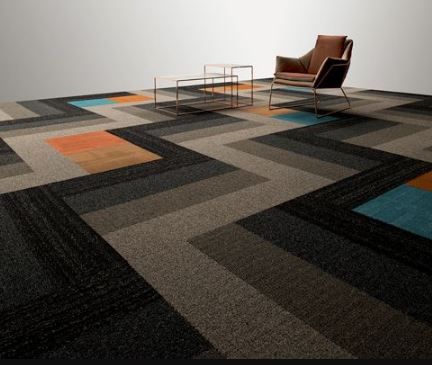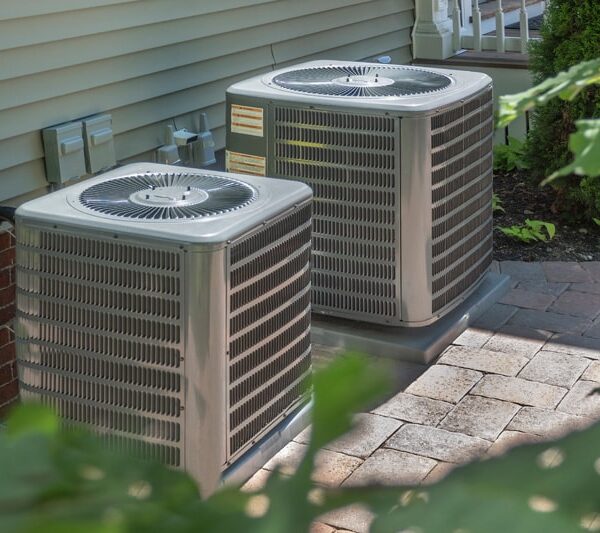
Most of us have a favorite seat on the couch or in a comfortable chair daily for work, relaxation, and even naps. The fabric eventually becomes soiled and may even obtain a few stains—especially if you enjoy indulging in food and beverages while lounging on your preferred chair. When you party frequently, even an accent chair can get messy. Removing any hidden stains and crumbs from a futon that serves as a sofa is especially important. Thankfully, you can opt for cleaning upholstery with a few readily available equipment and products if you have the time.
Considerations Before You Get Started (Upholstery Codes)
Most upholstered furniture has a coding system that makes it easier to determine the kind of cleaning solution to use. Consequently, you will need to find the code on the label of your furniture before beginning any upholstery cleaning. Look under the cushions or at the bottom of your upholstered furniture to find the care tag before you take any further action. The code on this tag indicates the ideal method for cleaning the fabric:
Code W
You can clean the upholstery with water if you notice Code W. This does not imply that the item can be washed in a washing machine, but rather that the upholstery can be spot-cleaned with water or a water-based cleaner.
Code S
Solvents, or Code S, are strong cleaning solutions that dissolve oil-based problems like methanol and acetone. In this case, it is advised to seek assistance from a professional dry cleaning. Large stains or yearly deep cleaning should be left to the professionals; instead, use a dry cleaning agent to clean certain spot areas.
Code W/S
This code allows upholstery to be cleaned using water-based cleansers and solvents for dry cleaning. Finding the best choice may be aided by conducting a spot test. For combination items, it is best to have the work of dry cleaning done by a specialist to avoid damaging the fabric.
Code X
If you notice this code, avoid utilizing any liquids or solvents. Code X indicates that liquid-based cleaning solutions or solvents for dry cleaning cannot be used on the cloth. It is recommended to often vacuum or brush these items with a dry cleaning brush that has soft bristles.
How Often Is Cleaning Upholstery Necessary?
Our upholstered furniture naturally gathers dust mites, pet dander, and allergens over time, so cleaning each item regularly is critical. To remove dust, dander, and filth as well as germs, you should deep clean your upholstered furniture once or twice a year and vacuum it at least once per month.
Any spills, stains, and pet accidents should be cleaned up immediately; if this is a recurring problem, investing in a portable carpet cleaner is wise. To remove dust and loose soil, use the upholstery brush attachment on your vacuum or a handheld type once a week. Additionally, clean your upholstery thoroughly. An upholstery cleaner can help bring new life to your furniture. Alternatively, a steam room can eliminate and sterilize allergies, bacteria, and vermin.
Your furniture’s lifespan can be increased with routine cleaning and upkeep, such as vacuuming and dry brushing.
Procedure for Cleaning Upholstery
Use the upholstery attachment and crevice tool to remove loose dust and dirt from furniture. Slowly work your way down from the top of the furniture. Remember to clean the piece’s sides, back, and underneath the cushions. To keep your upholstery smooth and clean, use a fabric shaver and lint brush to remove dirt and pet hair.
Mix ¼ cup dishwashing liquid and 1 cup warm water in a medium-sized bowl to form a cleanser. Use a whisk or handheld electric mixer to create suds.
To rinse, fill a second dish or small bucket with warm water.
Use a sponge or soft-bristled brush to clean the stains, dipping only into the suds gently. Rinse the sponge with clear water as the soil transfers. Apply the suds to any leftover stains or highly soiled areas after wringing the washed sponge until it stops dripping.
Pour one teaspoon of dishwashing liquid into a bucket filled with one gallon of water for general cleaning. Place a second bucket of clean water out.
After dipping a sponge into your cleaning solution, wring it out until it is damp—not dripping. Wipe down every surface of the upholstered item, beginning at the top. As you work, frequently rinse the sponge in the cleaning solution. To prevent the padding on the furniture from being unduly wet, thoroughly wring the sponge.
Once the item is clean, dampen it slightly with a microfiber cloth dipped in clean water. As filth is attracted to surfaces with sticky cleaner residue more quickly, begin at the top and remove any soapy residue that is still present.
Do not use the upholstery until it has completely dried; let it air dry away from heat sources and the sun. Install a room-circulating fan to expedite the procedure.
Caring for Upholstered Furniture
Using a furniture cover or pre-treating stains with upholstery cleaners is the best way to stop stains from appearing. If not, exercise caution when eating or drinking anything on upholstery. But accidents sometimes happen, and the fastest way to get rid of a stain is to blot as much of it as possible. According to the guidelines indicated by the code on the furniture, you should treat the stain.
Before washing upholstered furniture, as is customary, inspect the fabric and any manufacturer cautions. Remember to spot-test any cleaning solution on upholstery first, as specific liquid and steam methods can wreak havoc on fabric or coloring. Make sure you follow cleaning guidelines and read care directions to prevent any potential damage or color fading. When in doubt, get expert upholstery cleaning advice.
Final Words
Cleaning upholstery is essential to remove muddy paw prints from a linen couch or stains from a fabric headboard. Take care when cleaning your upholstered furniture. Because different textile types require different maintenance, only some pieces in your home will benefit from using the same upholstery cleaning. Additionally, you run the danger of not thoroughly cleaning the fabric or harming it if you don’t use the correct solutions.







